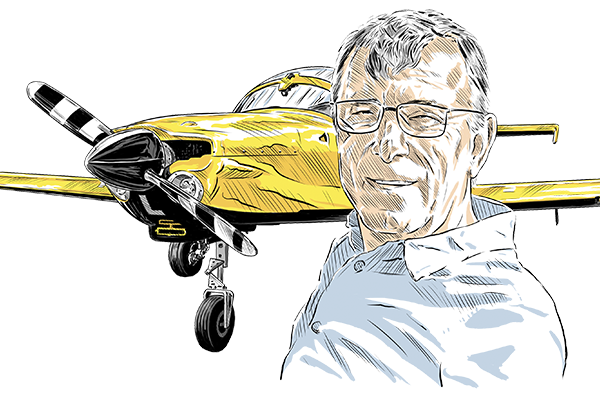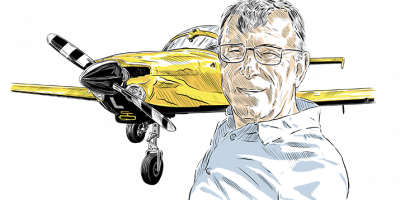Loss of propellor
According to the pilot, the take-off from the departure airfield was uneventful. While en route, the pilot experienced an abnormal engine vibration and the aircraft was finding it difficult to sustain altitude.
Shortly afterwards, one of the three propeller blades disintegrated and separated inflight, which was followed by an engine stoppage. The pilot throttled back and conducted engine shutdown.
The aircraft was configured to enter a glide approach and due to distance out, the aircraft came short in making Runway 28 and ended on the open field. During landing roll the nose gear dug in the soft ground and broke off, resulting in one of the remaining two propeller blades to hit the ground and break off.
Comment: The loss of a propeller blade can obviously cause massive vibration if it happens, and vibration can be very distracting when dealing with a problem. Reducing power to idle, as this pilot did, is probably a natural reaction and should reduce the vibration, so that you might be able to think a bit more clearly!
Instructor’s feet
The flight instructor reported that during the take-off portion of a touch-and-go landing, the student applied an ‘extreme amount’ of left rudder, and the aircraft began to veer left and impacted a light with the wingtip, which resulted in substantial damage to the right wing.
The instructor stated that he was not guarding the rudder pedals and attempted to assume control, but the event happened very quickly and there was not enough time to correct and centre the aircraft over the runway.
The instructor stated that during debriefing later, the student indicated that he lost control of the rudder.
Comment: As an instructor, my feet are always lightly on the rudder pedals. This not only enables me to intervene – if incorrect rudder is applied (rare) – but also to note if the pilot is using the rudder at all (far more common!).
Short-field landing mishap
The student pilot was performing a short field landing with a designated pilot examiner in the right seat. The student pilot reported that his landing point was at the ‘top’ of the runway numbers.
After the aircraft crossed over the perpendicular highway, which is immediately to the south of the runway, it lost lift and impacted the edge of the runway. The main landing gear collapsed underneath both wings and the aircraft came to rest upright on a grass field, sustaining substantial damage to both wings.
The student pilot reported that the accident could have been prevented by ‘proper inflight preparation of the approach’ and ‘energy management’.
Comment: Short-field landing techniques invariably place the aircraft at a lower approach speed than normal. This will place the aircraft closer to the stall but also closer to minimum drag speed, possibly leading to a situation where it becomes speed unstable.
At this point a further loss of speed will increase drag, leading to further speed loss (remember that drag curve from PPL theory?). Be ready to go-around from a mishandled short field approach at any time – you may need more time (and height) for the power of the engine to overcome the high drag situation.
Wrong decision
The pilot was on a cross-country flight and, at the destination airport, entered the right downwind leg of the airport traffic pattern, then turned onto the right base leg of the airport circuit.
Because of ‘excessive wind gusts’ on final approach he performed a go-around and remained in the circuit for the same runway. On final approach the flight again encountered a wind gust and the aircraft descended. He added power to arrest the descent but the aircraft then floated down the runway.
The aircraft touched down just prior to a taxiway, with about 95ft of runway available. The pilot applied the brakes but realised he would be unable to stop before the runway end. He applied power to abort the landing but the aircraft did not climb as he expected and it went off the end of the runway into a field.
The pilot did not recall if he applied the brakes or reduced power in an attempt to abort the aborted landing. The aircraft impacted a metal frame that enclosed plants and came to rest with the nose landing gear collapsed. The engine mount was substantially damaged.
He reported that when he added full power to go-around, the engine responded and there was nothing mechanically wrong with the aircraft that resulted in the runway excursion.
Post-accident examination revealed the flap selector was in the retracted position.
Comment: Having gone around from one approach the pilot, perhaps feeling a little under pressure, pressed on with the second approach and landed long. With not much runway left, especially after initially applying braking, the pilot got himself into a lose/lose situation regarding the amount of runway remaining.
An earlier go-around from the second approach would probably have been the better decision.





